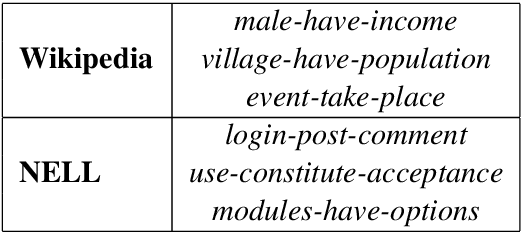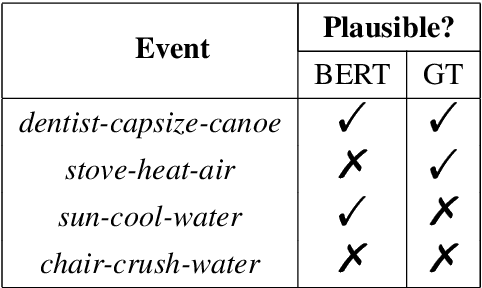Can a Gorilla Ride a Camel? Learning Semantic Plausibility from Text
Paper and Code
Nov 13, 2019



Modeling semantic plausibility requires commonsense knowledge about the world and has been used as a testbed for exploring various knowledge representations. Previous work has focused specifically on modeling physical plausibility and shown that distributional methods fail when tested in a supervised setting. At the same time, distributional models, namely large pretrained language models, have led to improved results for many natural language understanding tasks. In this work, we show that these pretrained language models are in fact effective at modeling physical plausibility in the supervised setting. We therefore present the more difficult problem of learning to model physical plausibility directly from text. We create a training set by extracting attested events from a large corpus, and we provide a baseline for training on these attested events in a self-supervised manner and testing on a physical plausibility task. We believe results could be further improved by injecting explicit commonsense knowledge into a distributional model.
 Add to Chrome
Add to Chrome Add to Firefox
Add to Firefox Add to Edge
Add to Edge